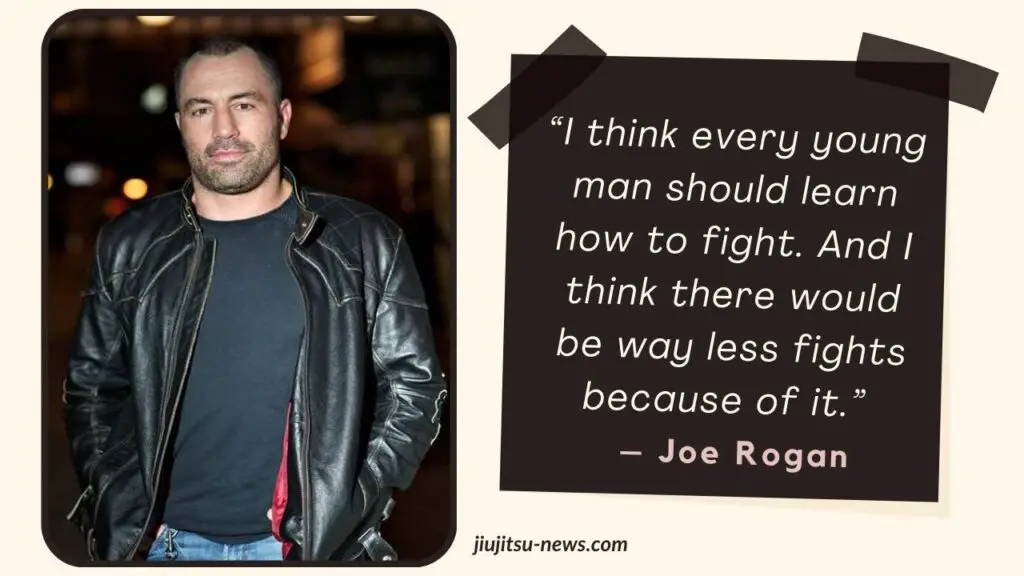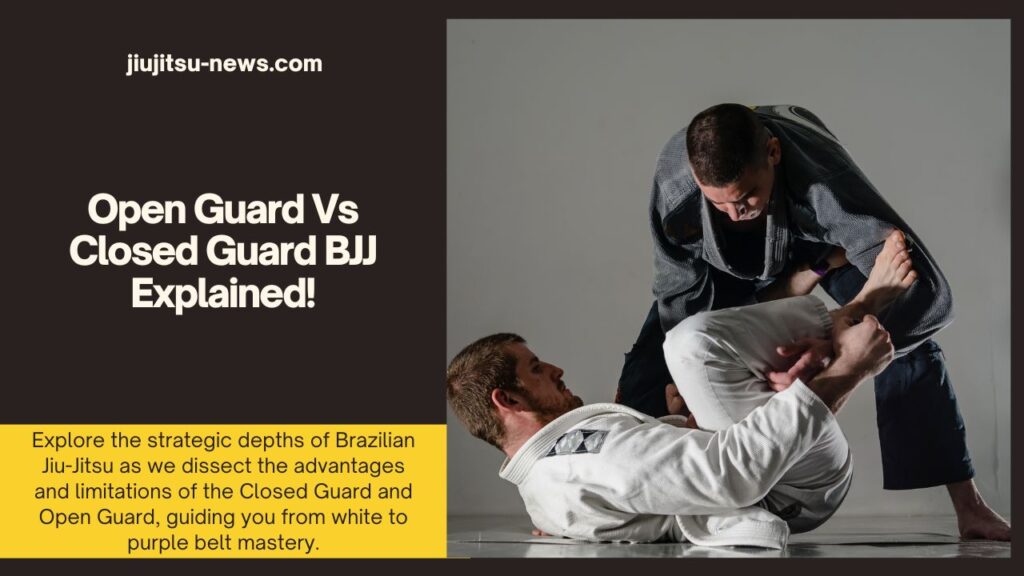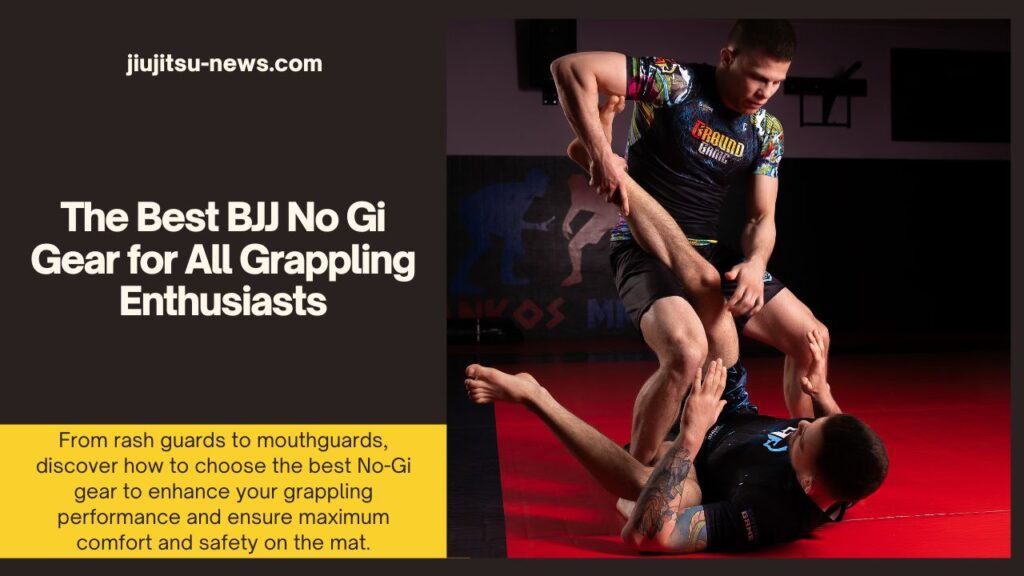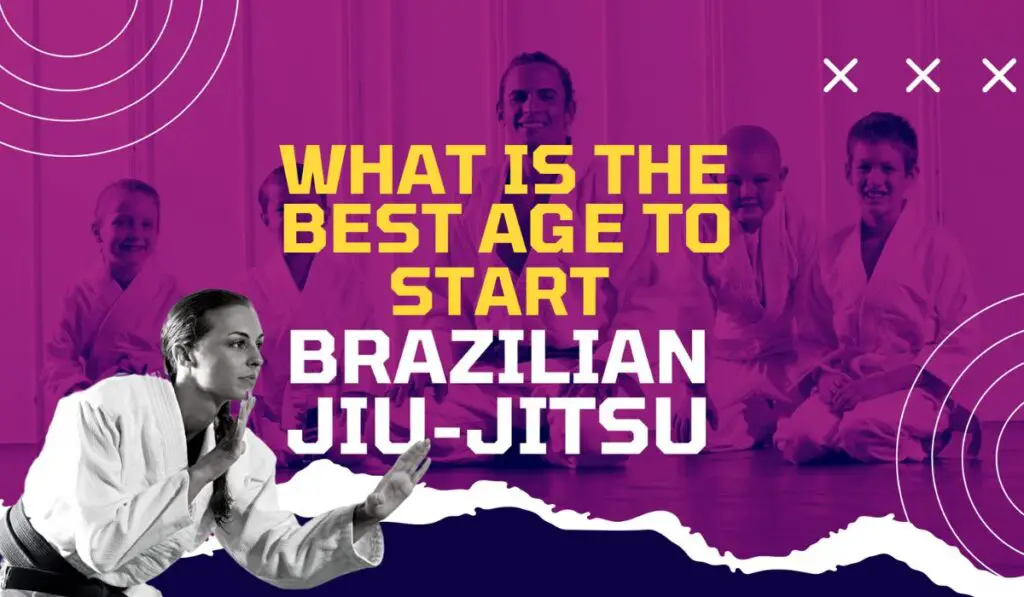🥋 Unlock Your Jiu-Jitsu Journey! 🌟
Dive into the world of Brazilian jiu-jitsu with us! We’ve got everything from cutting-edge techniques and thrilling tournament coverage to in-depth analysis of fighter strategies and the latest BJJ news. Whether you’re a beginner or a seasoned practitioner, our articles are designed to inspire, educate, and enhance your grappling skills.
Open Guard Vs Closed Guard BJJ Explained
Closed guard vs open guard? The closed guard and the open guard BJJ are among the basic positions…
The Best BJJ No-Gi Gear for Grappling Enthusiasts
No-Gi is Brazilian Jiu-Jitsu training performed without the standard uniform or Gi. Instead, practitioners dress…
The Best BJJ Bags to Carry Your Gear in Style (2024’s Pick)
As a Brazilian Jiu-Jitsu enthusiast, you’re no stranger to the sweat and the need for…
The Transformative Benefits of Jiu-Jitsu for Kids!
Did you know that jiu-jitsu grappling can significantly benefit your child? Parents increasingly realize their children…
Unveiling Joe Rogan’s Jiu-Jitsu Odyssey!
Joe Rogan, a martial arts celebrity, has been influential in popularizing Brazilian jiu-jitsu. His enthusiasm for…
Unveiling Garry Tonon: From BJJ Prodigy to MMA Maverick
Garry Tonon, a well-known athlete, transitioned to MMA in 2018 after training BJJ for years…
What Is the Best Age to Start Brazilian Jiu-Jitsu?
BJJ is gaining worldwide popularity due to its adaptability, effectiveness, and lack of resistance. Children…
FUJI BJJ Tournaments (Everything You Need to Know!)
Fuji BJJ Tournaments are highly regarded among Brazilian Jiu-Jitsu practitioners. They provide a unique opportunity…

The Ultimate Training Progress Tracker!
Do you guys want to maximize your Jiu-Jitsu training? Our journal is the perfect tool to track your progress, techniques, and daily workouts. Tailor your training with precision and see your skills grow.

The Best No Gi Gear!
Do you guys need help determining which gear to use for No-Gi BJJ? Don’t worry; we’ve got you covered! Our guide to the Best No-Gi Gear is a comprehensive resource that includes everything from rash guards to grappling shorts. It helps you select the correct items to perform at your best.
Injury Prevention Focus!
Do you guys worry about knee injuries during your rolls? Our knee brace for Jiu-Jitsu is designed to provide optimal support and protection. Perfect for prevention and recovery, it’s a must-have for any serious practitioner.


The Best BJJ Competition Gi
Do you guys wonder what the top BJJ fighters wear in competitions? Our article breaks down the best competition GIs recommended by experts and seasoned competitors.










